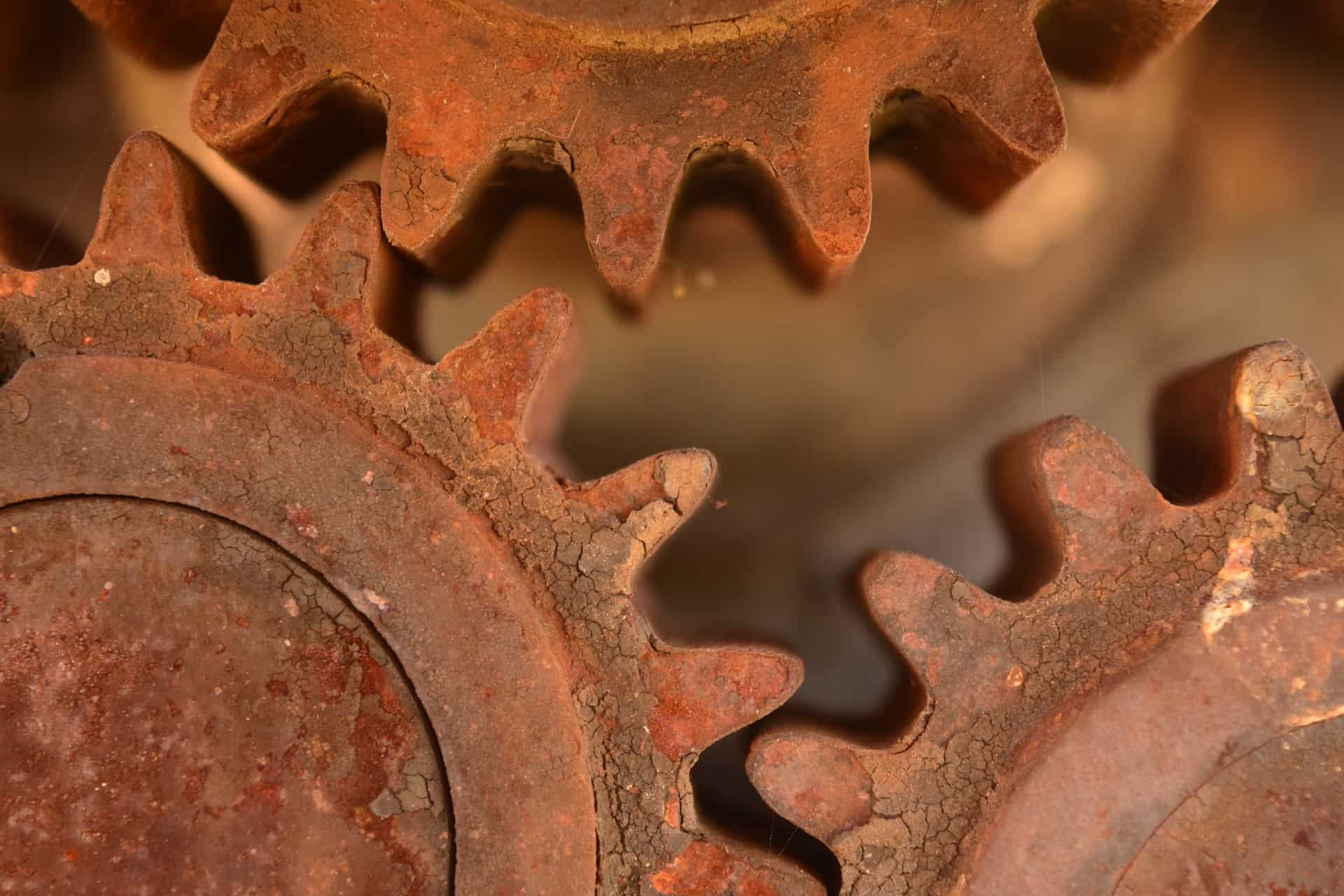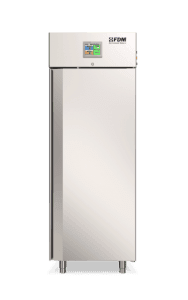
Among all the accelerated aging tests on materials, the most requested is the salt spray test in a climatic chamber. The salt spray test in a climatic chamber is used to reproduce and measure the effects of corrosion on materials and coatings.
In the following article, we will analyze the corrosion phenomenon and present the most innovative techniques to perform the corrosion test in a climatic chamber.
Corrosion and Climatic Chamber Test
Corrosion is an electrochemical process that involves the degradation of the physical characteristics of a material or coating.
Studies on corrosion and the ability to resist corrosion of each material date back to the dawn of modern chemistry. But only in the last thirty years, we saw the emersion of a specific scientific field called "corrosion engineering" which, with a multidisciplinary approach, studies the corrosive phenomenon in-depth, always seeking new solutions to prevent and slow it down.
An essential tool to combat corrosion is the salt spray chamber, a climatic chamber equipped with diffusers that spray the material under examination with a salty solution capable of inducing the corrosive phenomenon.
Perform
Climate Stress
Discover the new series of Climate Chambers for controlled climate testing
How the Salt Spray Corrosion Test in the Climatic Chamber works
The salt spray is a solution of salt and water that creates a kind of "fog" that is diffused inside the climatic chamber to record how different materials react to exposure.
Over the years, various procedures have been developed with which to perform the salt spray corrosion test in a climatic chamber and scientific innovations in this field have refined the practices that researchers, manufacturers and scientists can use to test different materials and coatings.
There are three main types of climatic chamber salt spray corrosion tests:
- Dry corrosion test: this test alternates phases of salt spray spraying with low humidity drying phases, during which the salt deposits trigger the corrosive process and is particularly suitable for metals;
- Continuous salt spray test: this is the simplest and most generic test that subjects the material to salt spray throughout the duration of the test;
- Alternate salt spray: as the name suggests, this test alternates moments of exposure of the material to the salt spray with moments of rest and can be programmed by the climatic chamber to perform multiple cycles of variable duration.
The International Standards governing the Salt Spray Test
The salt spray test in a climatic chamber is more years old than one might think and so are the international standards that regulate its use.
The oldest international standardization organization, ASTM, issued the first standard in this regard in 1939, ASTM B117, which details how to properly perform the salt spray test in a climatic chamber. With the necessary updates, it is still in effect and applies especially in the United States.
There is also an ISO standard that regulates salt spray tests. Although born later than ASTM, the ISO (International Organization for Standardization) is the most important and recognized standardization body in the world.
The ISO 9227 standard incorporates most of the standards of the ASTM standard and expands the number of protocols analyzed.
The Climatic Chamber of FDM Environment Makers
FDM - Environment Makers has been building climatic chambers since 1949. Our products have followed over 70 years of scientific innovations to always remain at the forefront and offer our customers an effective and intuitive tool to use.
If you have any questions about our products, do not hesitate to contact us.
Would you like to receive a quote or do you have questions about the product?
Contact us to receive more information about this Product.


